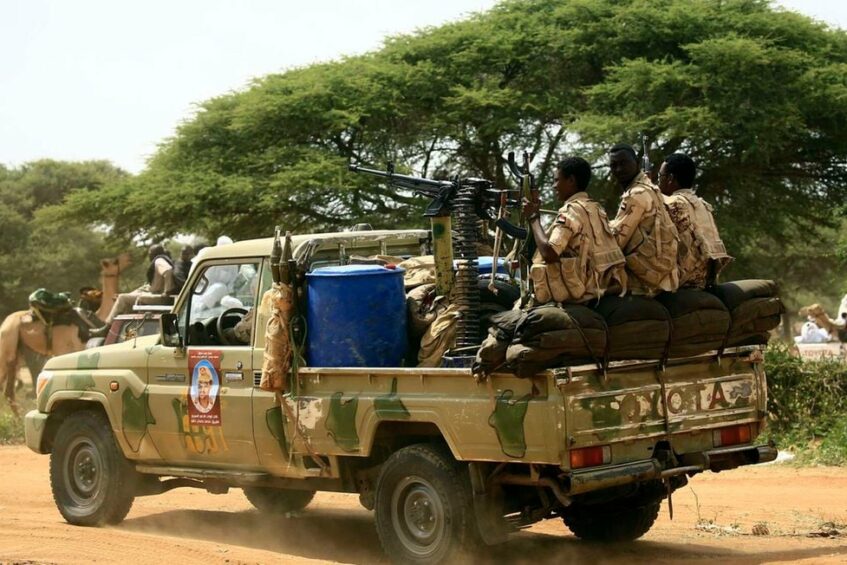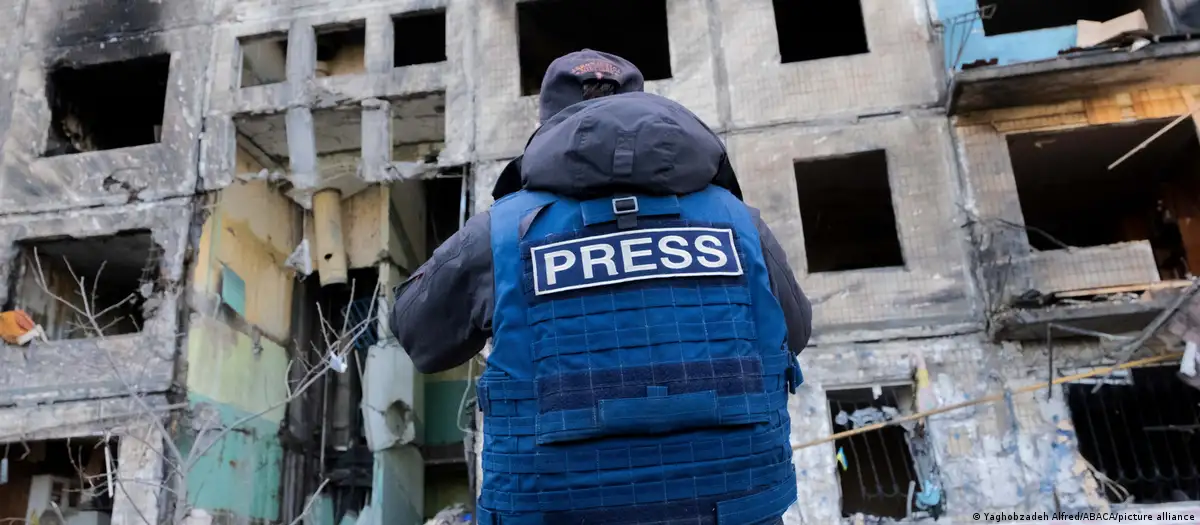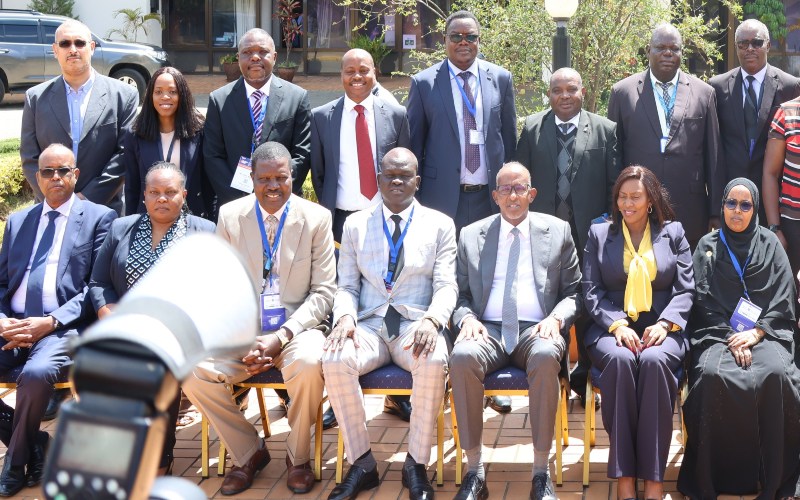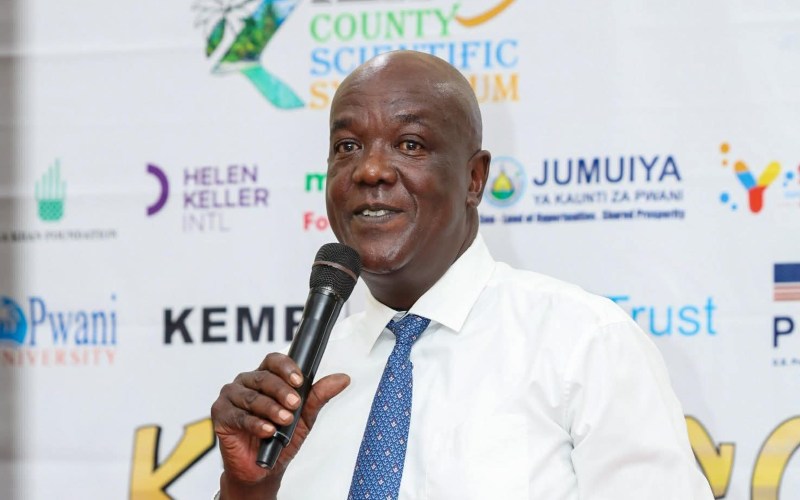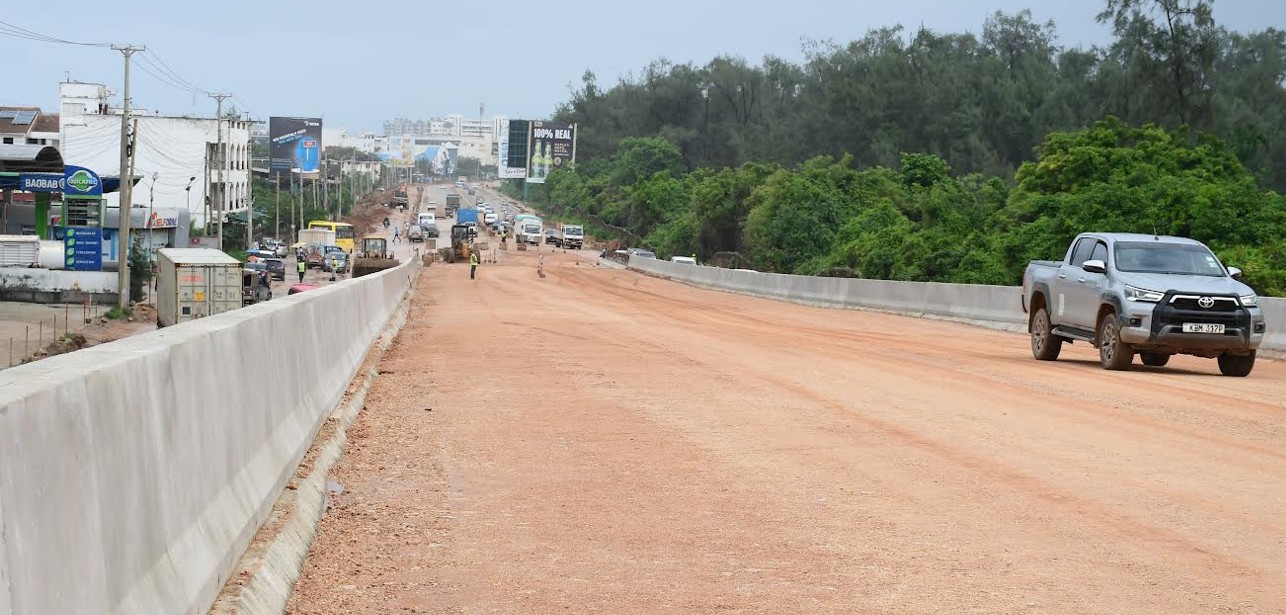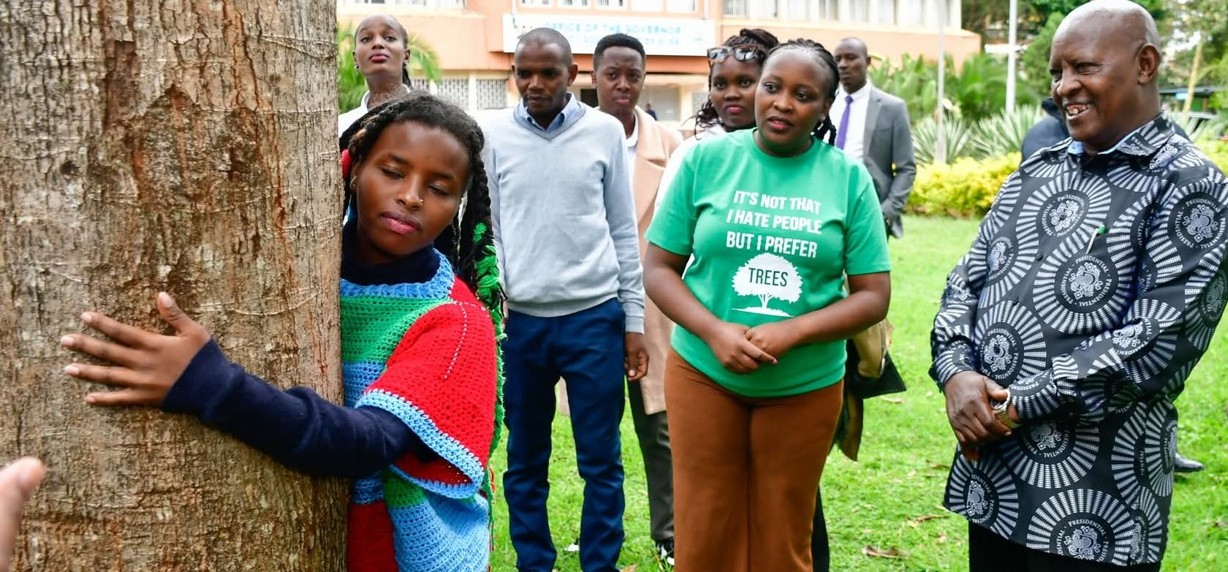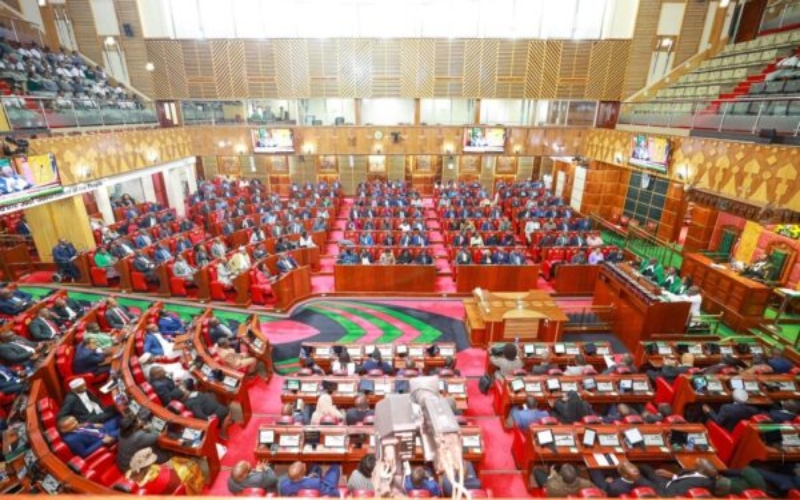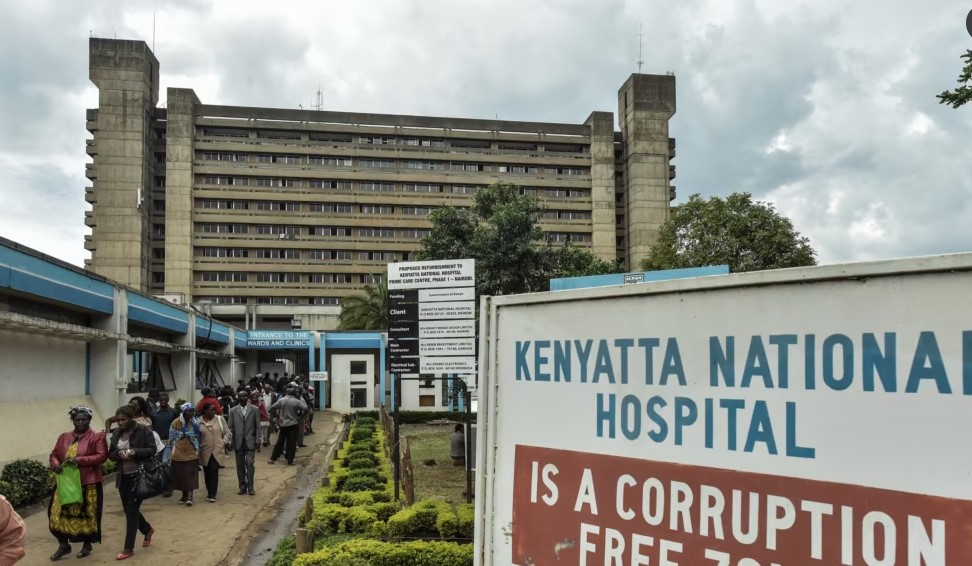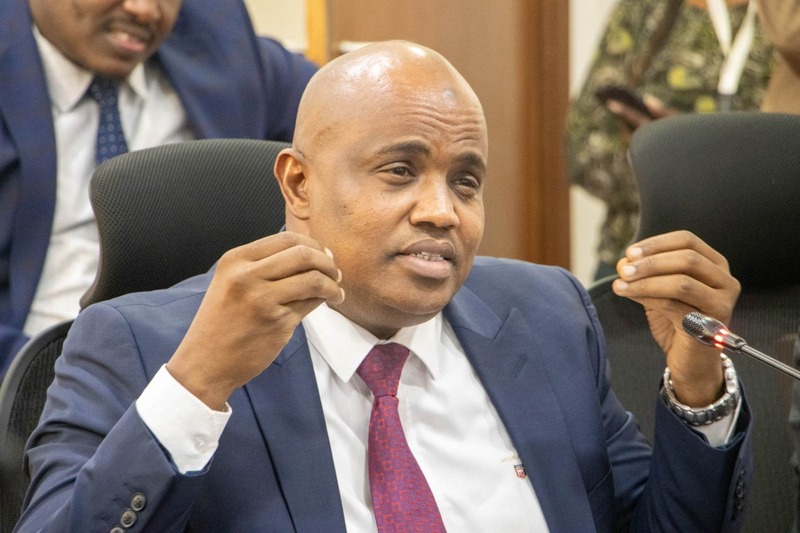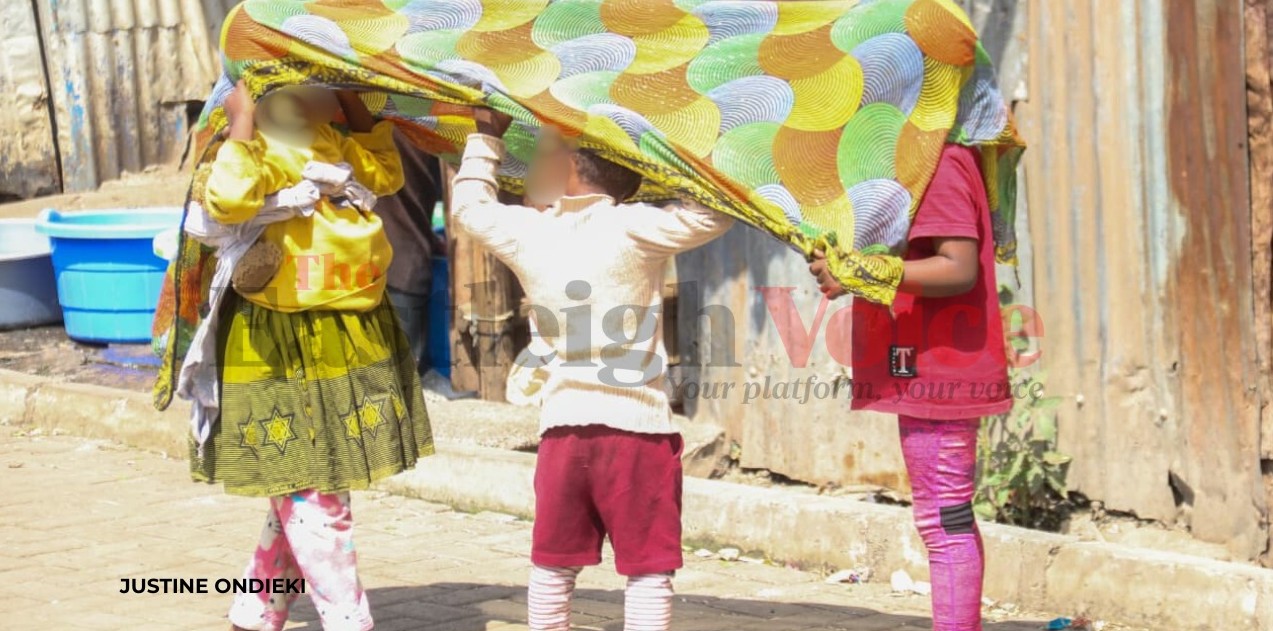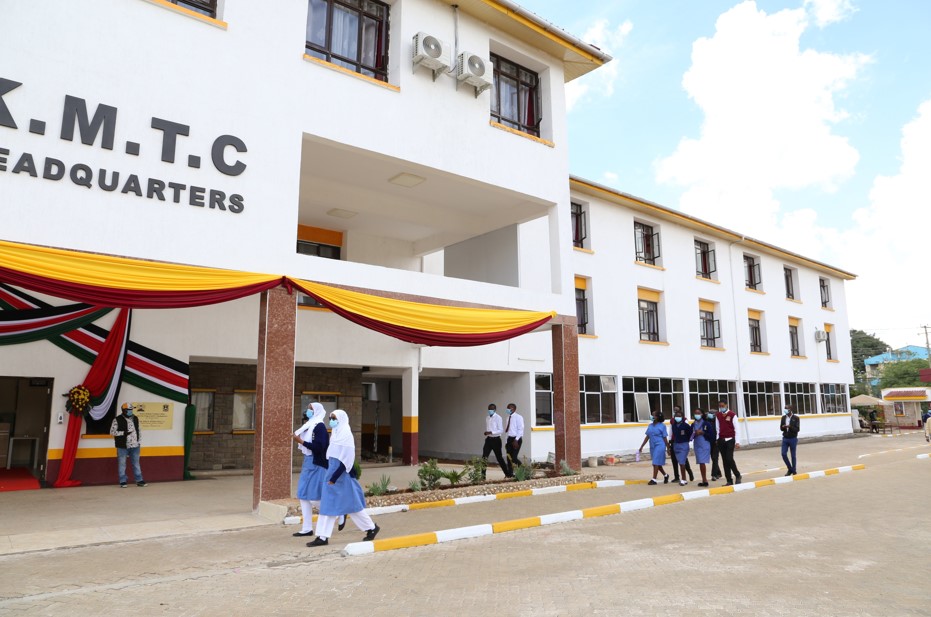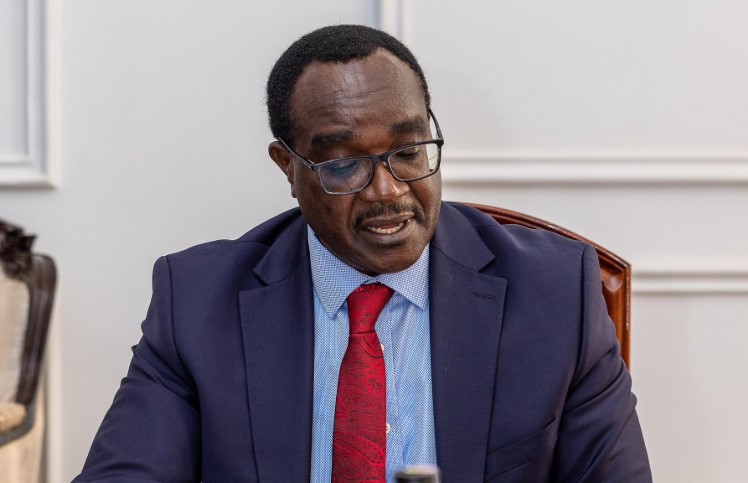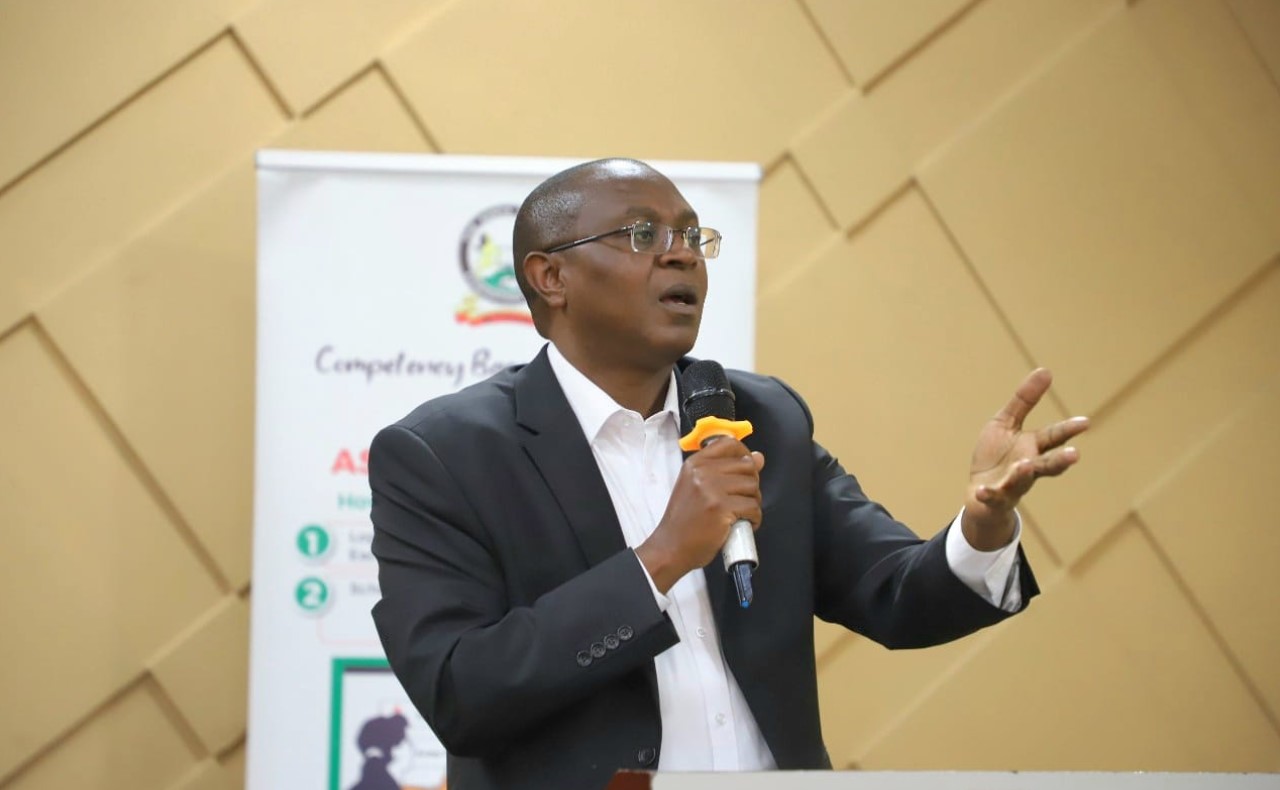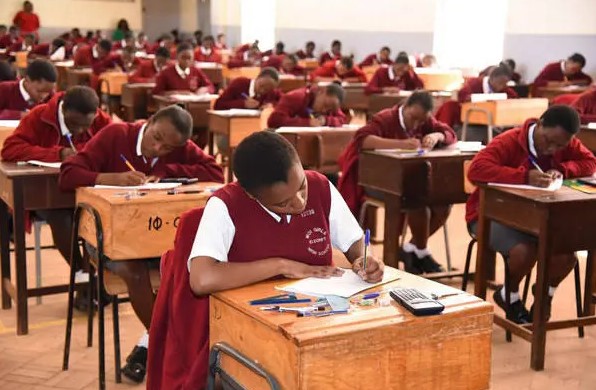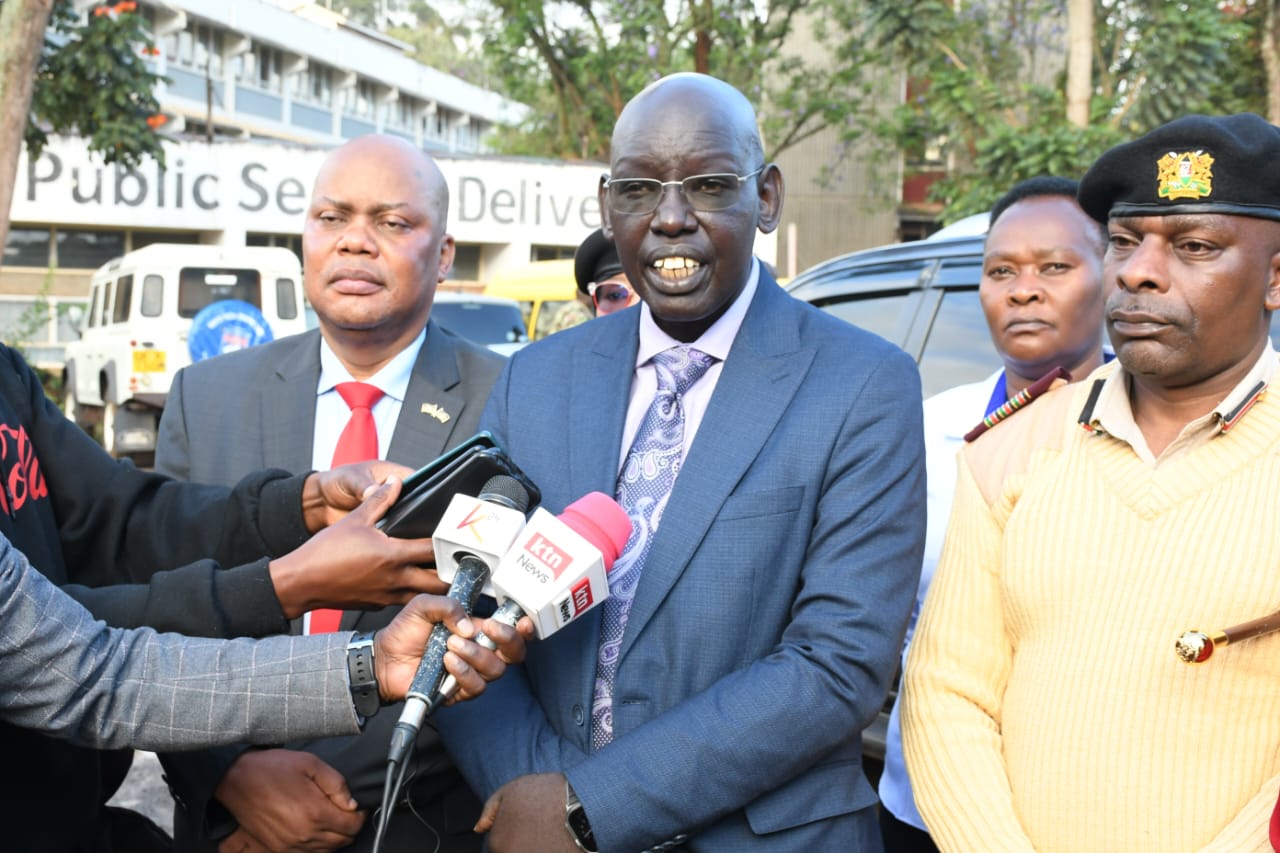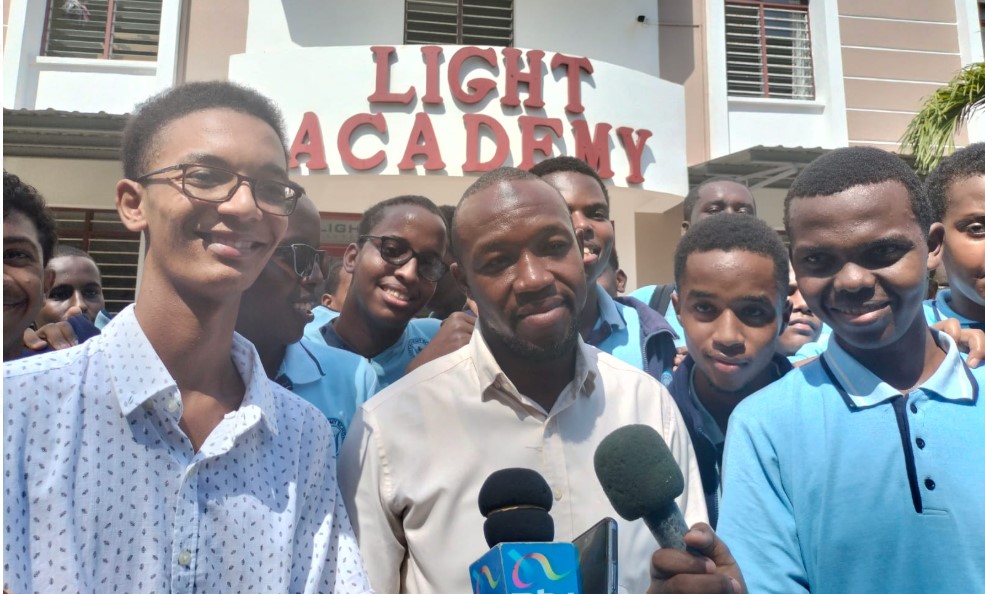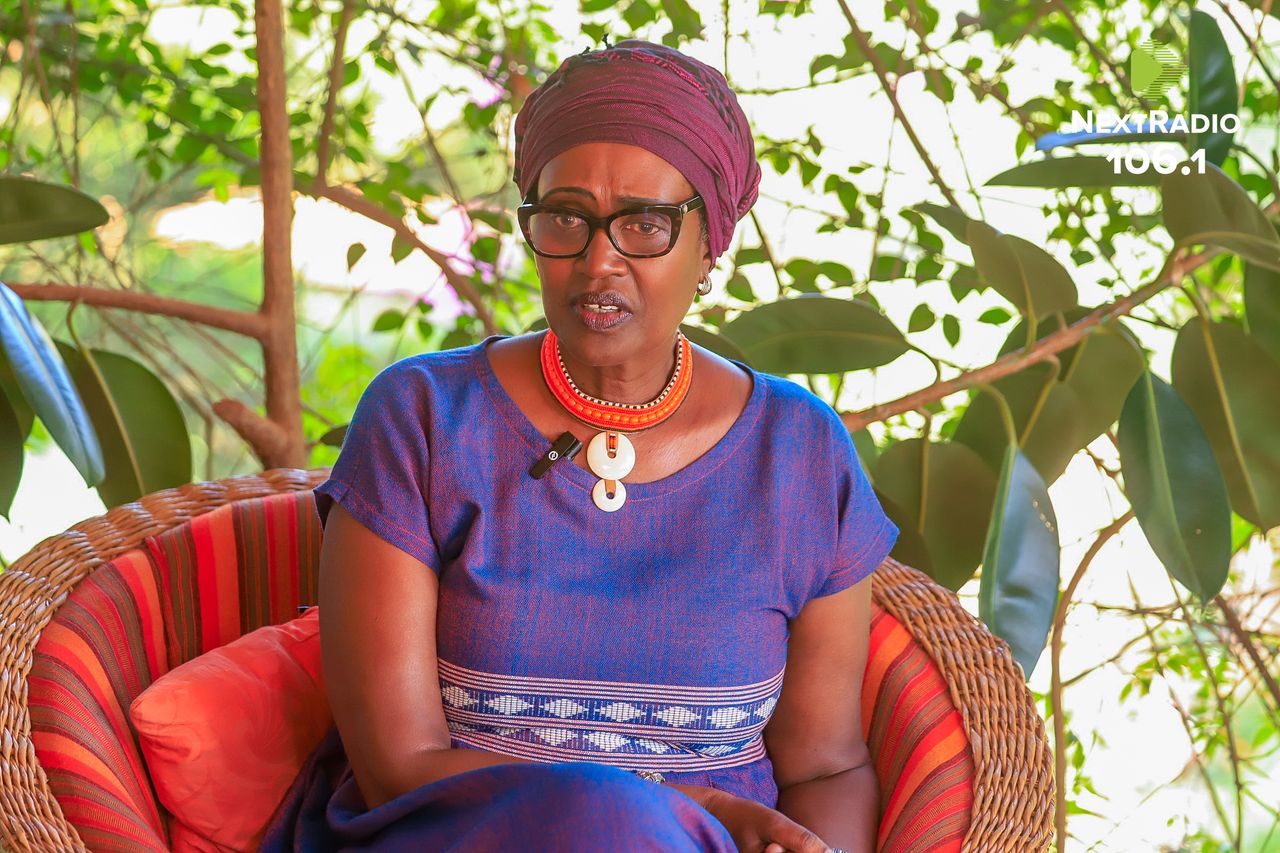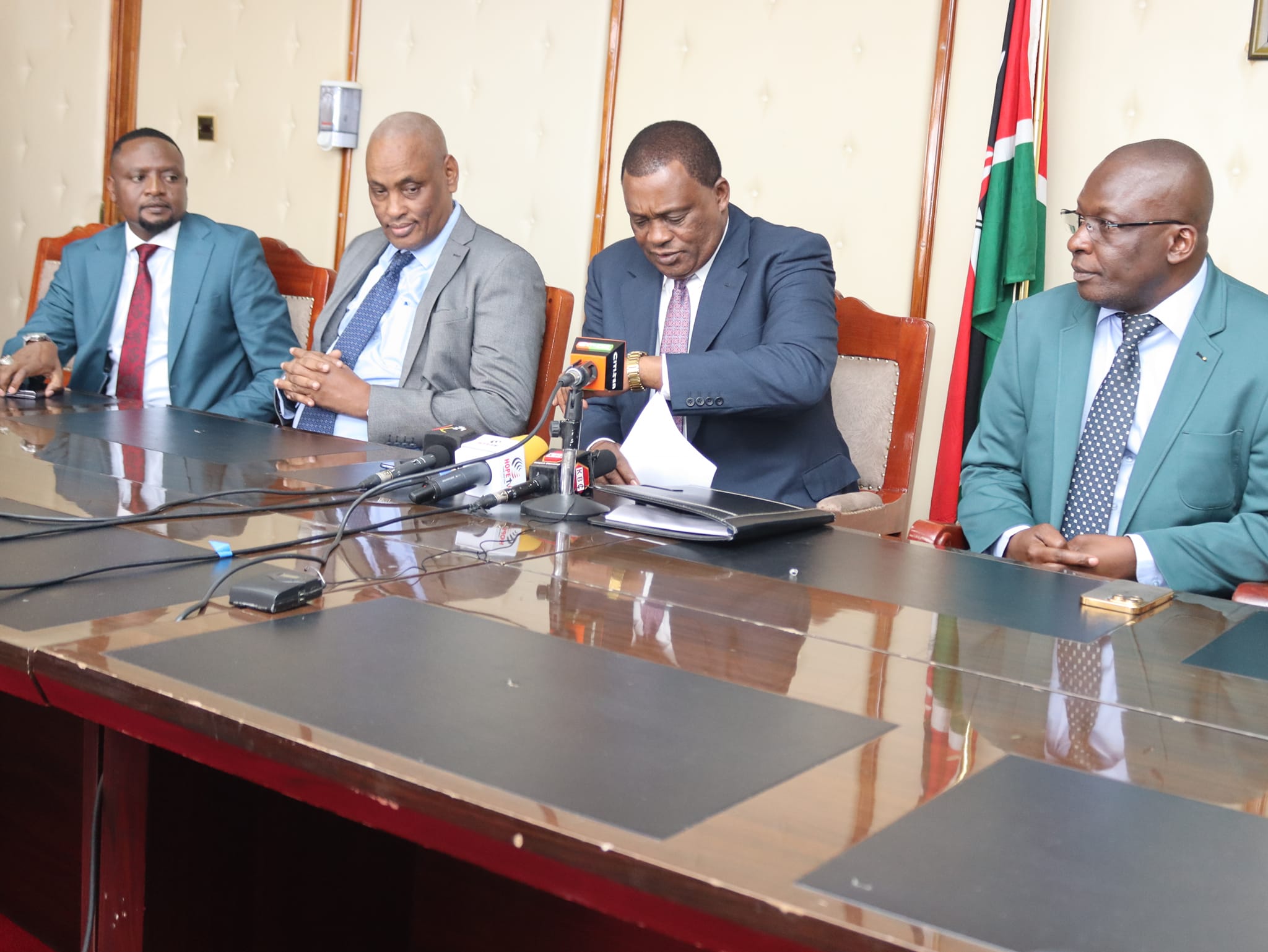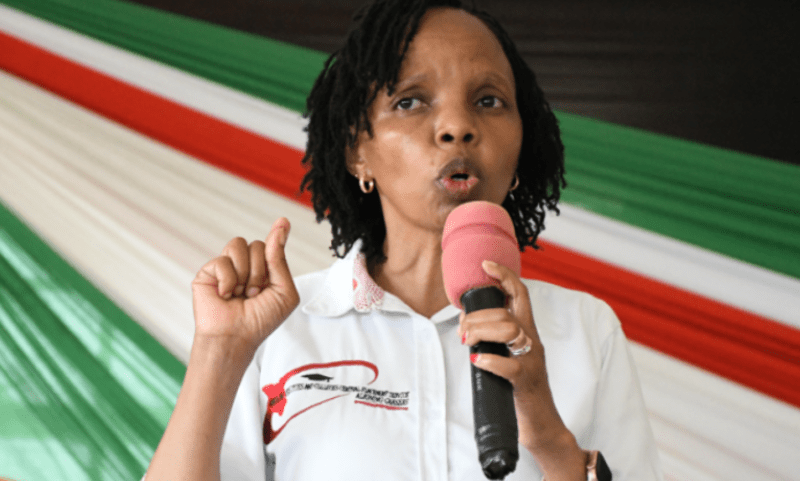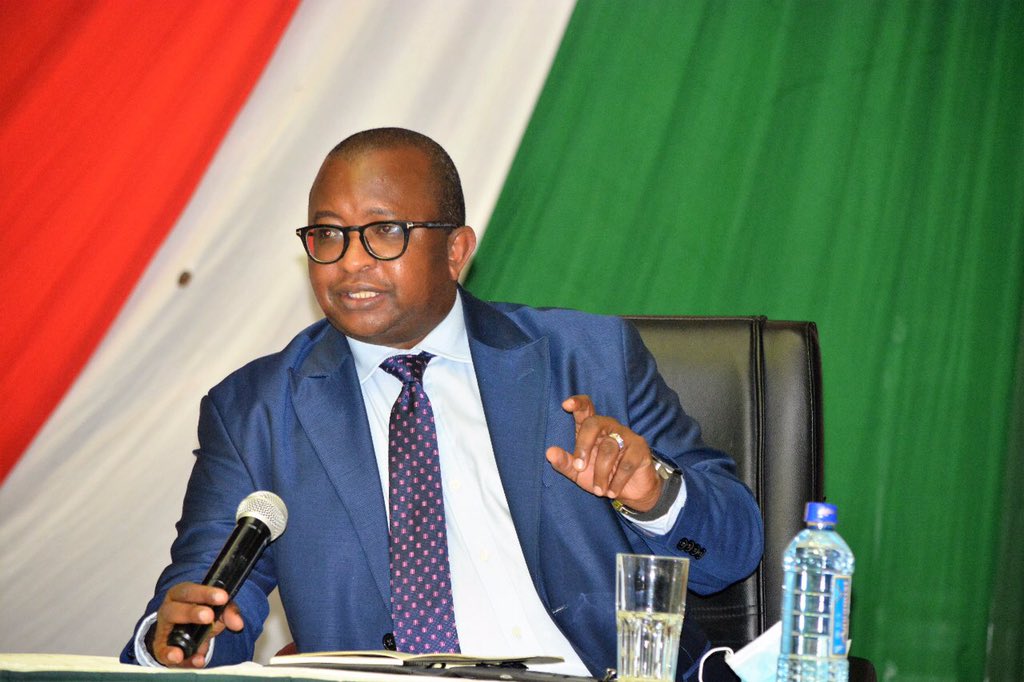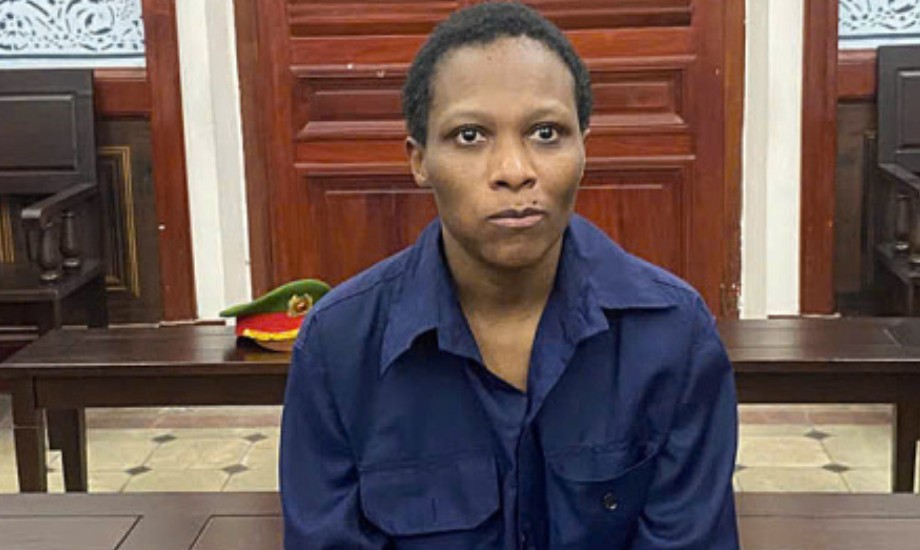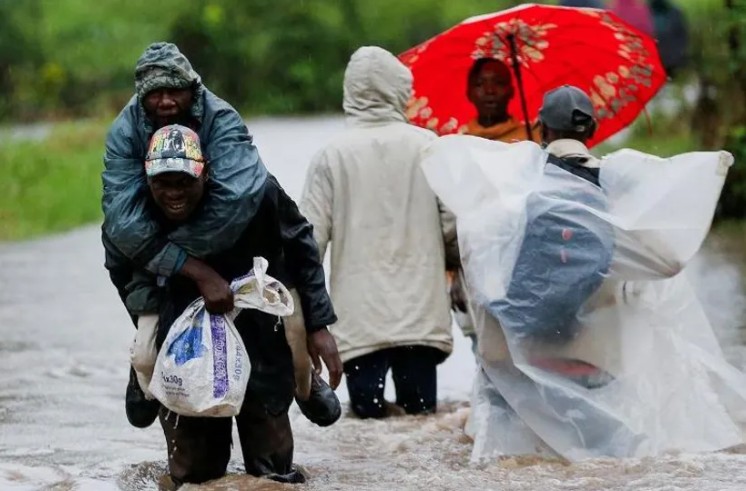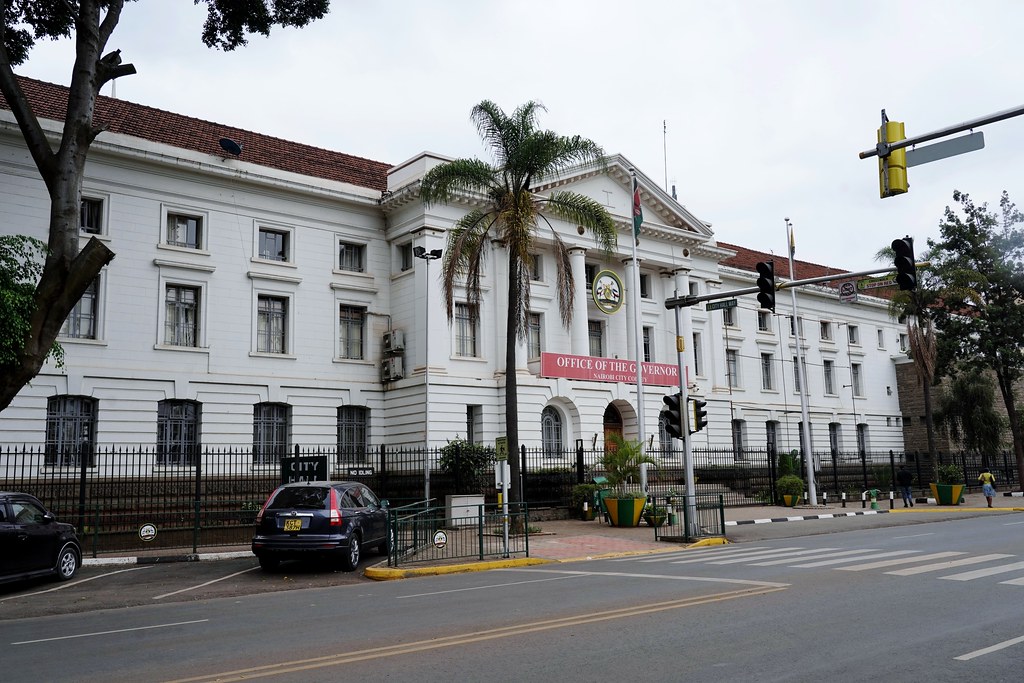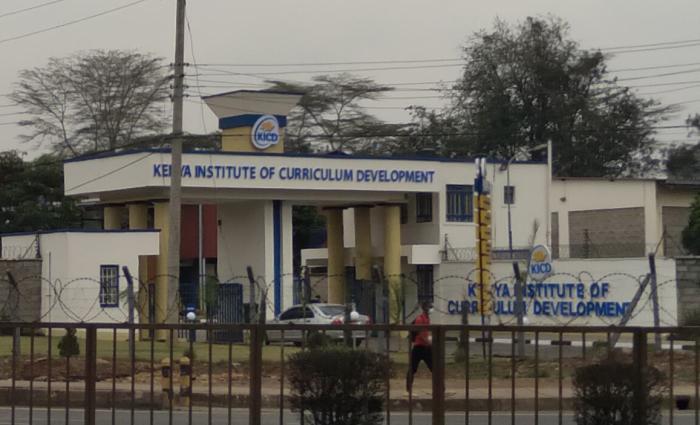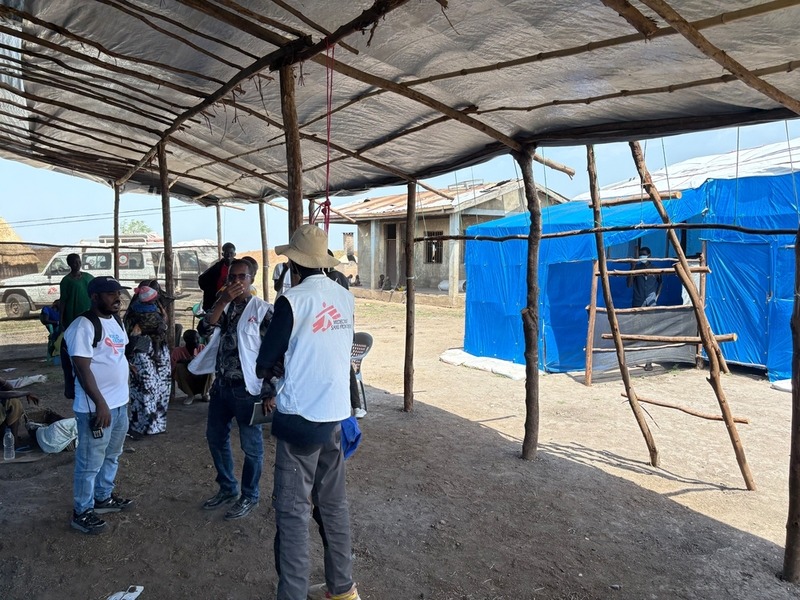Kenya’s HIV crisis: The fear of running out of medication
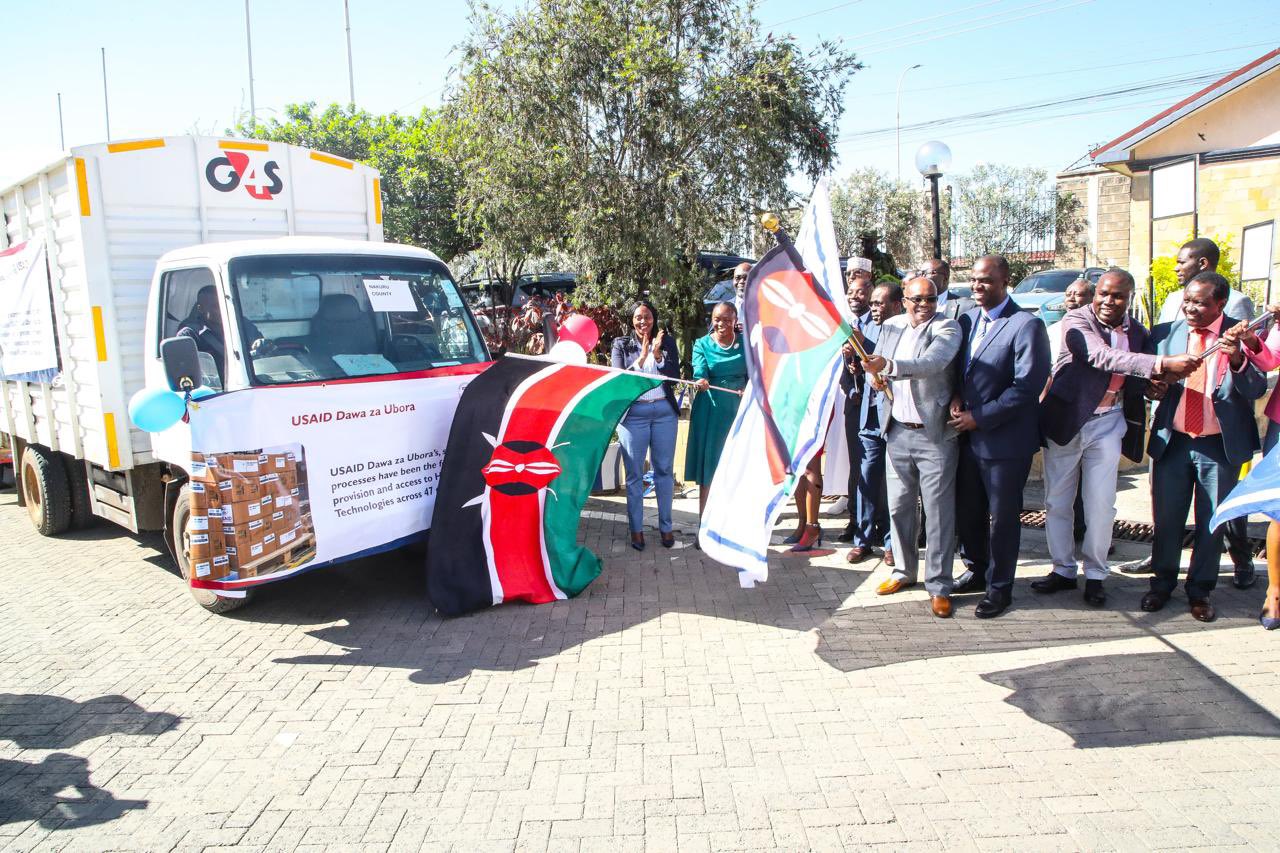
Kenya’s HIV programme has long relied on USAID support, but with the healthcare system under immense strain, the government maintains that existing stockpiles will last up to four months.
Kanini, a community health promoter in Nairobi, still remembers the dark days when an HIV diagnosis felt like a death sentence.
She recalls the haunting images of frail bodies, sunken eyes filled with fear, and the whispered conversations in homes where families mourned loved ones taken too soon. Back then, people wasted away before their families’ eyes, their final days marked by suffering and stigma. The weight of loss was unbearable; funerals became routine, grief a constant companion.
More To Read
- Out-of-pocket medicine costs surge amid drug shortages in Kenya
- UNAIDS hails Kenya–US health framework as major boost for HIV response
- Kenya's HIV statistics (2024)
- Youth still hardest hit by new HIV infections as Kwale marks World AIDS Day
- Turkana marks World AIDS Day with stark warning over rising HIV infections
- German researchers find highly effective HIV antibody
Over the years, Kenya made great strides in awareness, and for a while, there was hope. Life-saving medication turned what was once a death sentence into a manageable condition. But now, a different kind of fear has crept in. It lingers in hospital corridors, in waiting rooms filled with anxious faces, and in the desperate prayers of patients who cling to life. The growing uncertainty surrounding the availability of crucial HIV drugs is slowly wearing down patients, both physically and emotionally. Many silently grapple with a terrifying question: What happens if the medication runs out?
"The HIV medication had given people a chance to live healthy, normal lives. But now, my patients keep asking me, What will become of me if the drugs don’t arrive? If they come too late, will I start losing weight? Will everyone know that I was only surviving because of HIV treatment?" Kanini posed.
Their fear is overwhelming, and in those moments, I don’t know what to say. In some cases, it’s not just one person—it’s an entire family depending on ARVs. The thought of what could happen if the medication runs out is unbearable."
Many are struggling mentally, with families in distress as the new regimen's side effects—headaches, swelling, and discomfort—take a toll. Having witnessed the rapid decline of those who defaulted, the fear of deteriorating health or even death is overwhelming.
Kanini notes that Kenya’s HIV programme has long relied on USAID support, but with the healthcare system under immense strain, the government maintains that existing stockpiles will last up to four months. Yet, on the ground, the situation paints a grim picture. The country has already suffered severe shortages of essential drugs, such as the BCG vaccine, leaving tuberculosis samples forgotten in laboratories, awaiting action.
“Patients previously received stock lasting 3 to 6 months, allowing them to plan. However, the new directive of dispensing smaller doses has heightened concerns, with many fearing a possible shortage,” she said.
She notes that following up on HIV care is becoming an overwhelming challenge, leaving patients in a state of uncertainty, their anxiety deepening with each passing day. The unsettling question lingers: What if the drugs never arrive? What will happen then?
For many, the crisis extends beyond health, disrupting lives in ways they never imagined. "HIV-positive children who depended on USAID support for school fees are now being sent home. It’s truly heartbreaking," Kanini said.
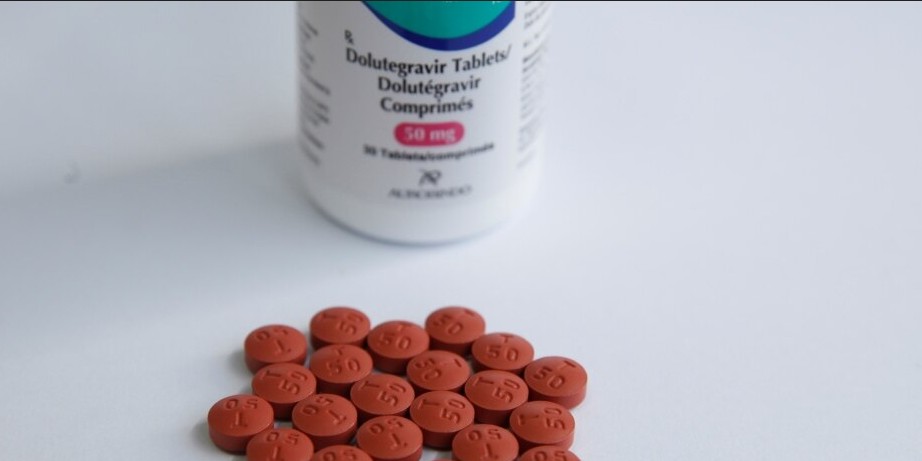 Dolutegravir pills which are used in HIV treatment. (Photo: File/Reuters)
Dolutegravir pills which are used in HIV treatment. (Photo: File/Reuters)
Kanini notes that more people are now turning to them for answers, desperate for reassurance. Many are already deeply distressed, especially young ones who can no longer access the teaching programme which once helped them understand their status, what it meant, and, most importantly, made them feel valued. Most of these initiatives were funded by NGOs, but now, they are simply gone.
"USAID even had empowerment programs for women living with HIV in the slums, and there was so much hope. Now, all that remains is distress. We have cases of women who have never even told their children they have HIV," she said.
Joseph Wasike, now in his 20s, was born with HIV. As a child, he never understood why he was treated differently. His parents, though struggling financially, always prioritised one thing above all else—his medication. Even when food was scarce, they made sure he took his drugs without fail and had something to eat. He didn’t question it, not at first.
But everything changed when he reached Class Six. That was the year they started learning about reproduction and health. It was during these lessons that he first heard about HIV—not as something he lived with but as something that was feared.
"In school, teachers described HIV as a death sentence," Joseph recalls. "They emphasized how it spreads through sexual intercourse, and yet there I was, a class 6 by, taking my daily medication. It made me feel so stigmatized. I began to wonder if my friends would treat me differently if they ever found out. Would they be afraid of me? Would they stop playing with me? I carried that fear in my heart for years."
As time went on, Joseph learned more about his condition. He joined viral load management programs, where healthcare workers reassured him that with the right medication, he could live a long and healthy life. The programs gave him not just knowledge but also comfort. They provided meals, mentorship, and, most importantly, a sense of belonging.
"My parents enrolled me in feeding programs, and through them, I met other children like me. For the first time, I realised I wasn’t alone. There were other kids taking medication just like I was, other kids who had the same worries. That brought me so much hope."
But now, that hope is fading. Many of these programs—once a pillar of strength for young people like him—are disappearing. Funding cuts and dwindling support from international partners have left them in limbo. The safe spaces he once depended on are vanishing. The guidance and reassurance he relied on are no longer there.
And now, a much greater fear looms—the possibility of running out of medication.
"If the drugs stop coming, what will happen to me? I've worked so hard to keep my viral load undetectable, but without ARVs, everything will fall apart. Will I start losing weight? Will people suddenly see me differently? The thought of it breaks me," he says, his voice heavy with emotion.
For Joseph, this isn’t just about his survival—it’s about the thousands of others who, like him, have built their lives around the stability that medication provides.
"The government must do everything possible to keep Kenyans safe," he pleads. "All we need is reassurance—that with or without USAID, we will be fine. That young people like me will have a future," he said.
 In 2023 alone, Kenya recorded 16,752 new HIV infections, with adolescents aged 15-24 accounting for 39% of these cases. (Shutterstock)
In 2023 alone, Kenya recorded 16,752 new HIV infections, with adolescents aged 15-24 accounting for 39% of these cases. (Shutterstock)
Every day, Joseph, like many HIV patients, wakes up hoping for a breakthrough, for a solution that will bring back their sense of security. But all they find is uncertainty. The fear of death, once thought to be a thing of the past, is returning—not from the virus itself, but from a cruel reality where treatment is no longer guaranteed. The battle against HIV is no longer just about survival—it’s about fighting the silent despair of being forgotten.
Critical gaps
Critical gaps persist in Kenya’s fight against HIV, particularly in preventing new infections among children and young people and integrating HIV care with other health services. Despite significant progress, the country continues to grapple with vulnerabilities that put its most at-risk populations in danger.
In 2023 alone, Kenya recorded 16,752 new HIV infections, with adolescents aged 15-24 accounting for 39% of these cases—highlighting the urgent need for targeted interventions.
The Ministry of Health notes that 40 years since the first reported HIV case, an estimated 1.378 million Kenyans are living with the virus, with 97% receiving treatment through a vast network of 3,752 treatment sites. The country remains on track to achieve the UNAIDS 95-95-95 targets by 2025—ensuring that 95% of people living with HIV know their status, 95% of those diagnosed receive treatment, and 95% of those on treatment achieve viral suppression.
However, with ongoing funding cuts, experts argue that these hard-won gains are at risk. The reduction in donor support, particularly from organisations like USAID, threatens the sustainability of HIV programs, from medication access to youth education and support systems. Without urgent intervention, the progress Kenya has made in the fight against HIV could begin to unravel, leaving the most vulnerable populations at even greater risk.
The World Health Organisation (WHO) has raised alarms over a possible resurgence of the HIV/AIDS pandemic following the suspension of U.S. foreign aid, which has been instrumental in funding treatment, medication, and care for millions of people living with the virus. Kenya, heavily reliant on donor funding for its healthcare sector, ranks seventh among the countries most affected by these cuts.
Over the past three years, Kenya has received approximately $1.7 billion (Sh220.15 billion) in aid from the United States, with a significant portion allocated to health services. However, the recent halt in funding has sparked concerns about the sustainability of key medical programs.
In response to growing unease, Kenya’s Ministry of Health issued a directive instructing HIV/AIDS patients not to refill their antiretroviral (ARV) medication before the due date—a shift from previous policies that allowed patients to stock up for nearly six months. The directive, communicated through the National AIDS & STI Control Programme (NASCOP), sought to reassure patients that ARV supplies remain sufficient at designated treatment sites.
“The Ministry of Health, through the National AIDS & STI Control Programme, would like to assure all recipients of care that we have sufficient stocks of ARVs, both for prevention and treatment, at the ART sites,” the ministry advised Patients to collect their medication only when their current supply is depleted, rather than stockpiling in advance.
The Ministry of Health has outlined measures to sustain critical health programs, including a request for an additional Ksh 33.5 billion from the National Treasury to support HIV/AIDS treatment, malaria prevention, vaccinations, and family planning services.
Top Stories Today
